Rubinstein-Taybi syndrome in a Saudi boy with distinct features
Por um escritor misterioso
Last updated 01 junho 2024
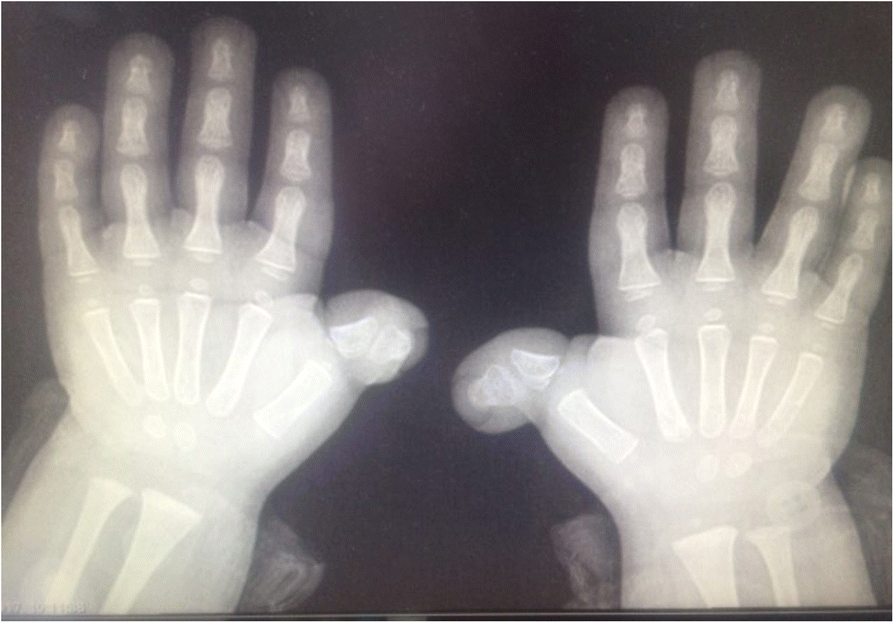
Background Rubinstein-Taybi syndrome (RSTS) Type 1 (OMIM 180849) is characterized by three main features: intellectual disability; broad and frequently angulated thumbs and halluces; and characteristic facial dysmorphism. Case presentation We report on a Saudi boy with RSTS Type 1 and the following distinct features: a midline notch of the upper lip, a bifid tip of the tongue, a midline groove of the lower lip, plump fingers with broad / flat fingertips, and brachydactyly. The child was found to be heterozygous in the CREBBP gene for a sequence variant designated c.4963del, which is predicted to result in premature protein termination p.Leu1655Cysfs*89. The child and his father were also found to be heterozygous in the EP300 gene for a sequence variant designated c.586A > G, which is predicted to result in the amino-acid substitution p.Ile196Val. Conclusion Our report expands the clinical spectrum of RSTS to include several distinct facial and limb features. The variant of the CREBBP gene is known to be causative of RSTS Type 1. The variant in the EP300 gene is benign since the father carried the same variant and exhibited no abnormalities. However, functional studies are required to investigate if this benign EP300 variant influences the phenotype in the presence of disease-causing CREBBP gene mutations.

Rubinstein–Taybi syndrome - Wikipedia

4 Newborn with Rubinstein-Taybi syndrome showing microcephaly, frontal
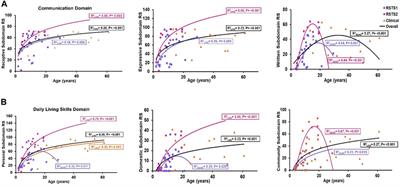
Frontiers Behavioral and neuropsychiatric challenges across the lifespan in individuals with Rubinstein-Taybi syndrome

Rubinstein-Taybi syndrome in a Saudi boy with distinct features and variants in both the CREBBP and EP300 genes: a case report, BMC Medical Genetics

Rubinstein-Taybi syndrome: causes, symptoms and treatment - psychology - 2023
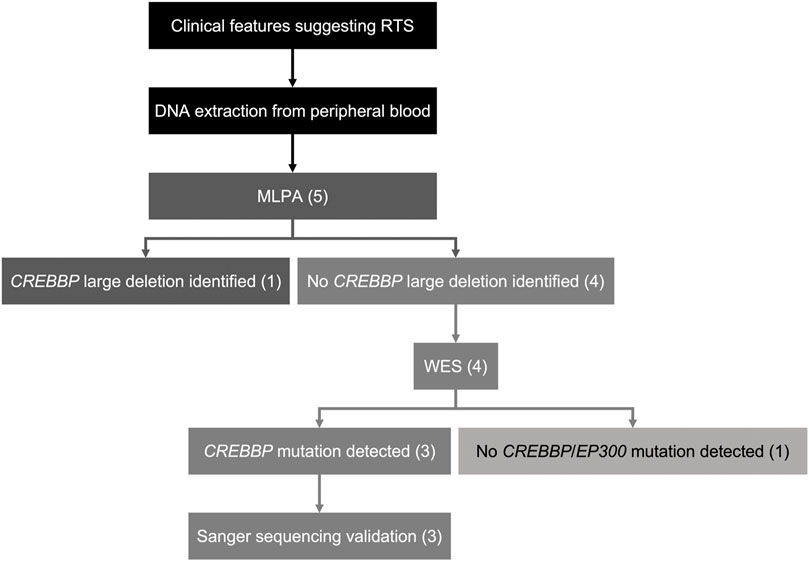
Frontiers Genetic Diagnosis of Rubinstein–Taybi Syndrome With Multiplex Ligation-Dependent Probe Amplification (MLPA) and Whole-Exome Sequencing (WES): Case Series With a Novel CREBBP Variant
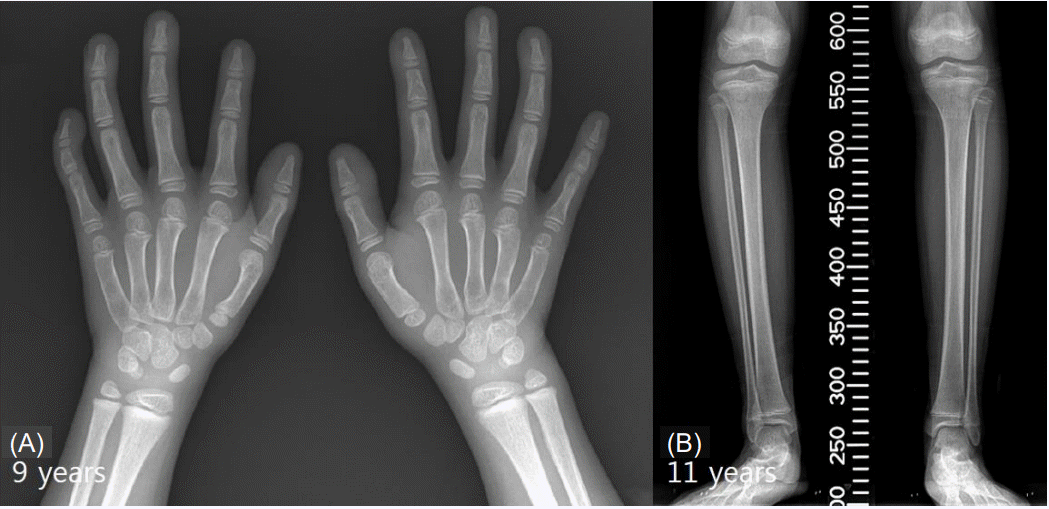
apem :: Annals of Pediatric Endocrinology & Metabolism
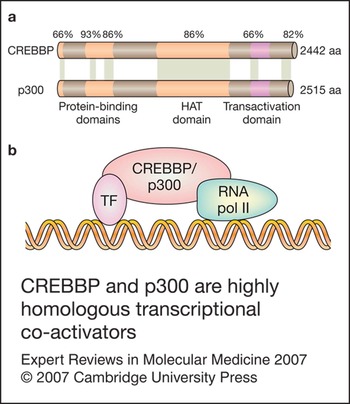
Rubinstein–Taybi syndrome: clinical and molecular overview, Expert Reviews in Molecular Medicine
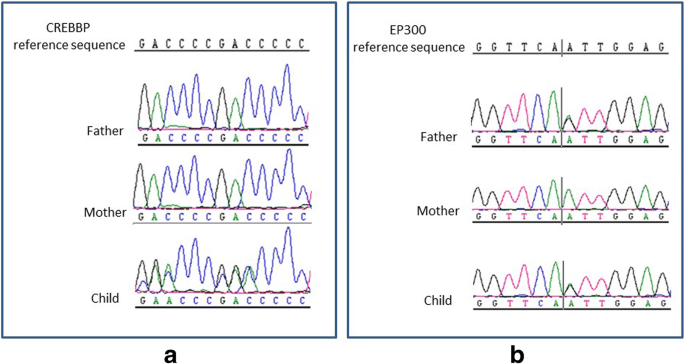
Rubinstein-Taybi syndrome in a Saudi boy with distinct features and variants in both the CREBBP and EP300 genes: a case report, BMC Medical Genetics
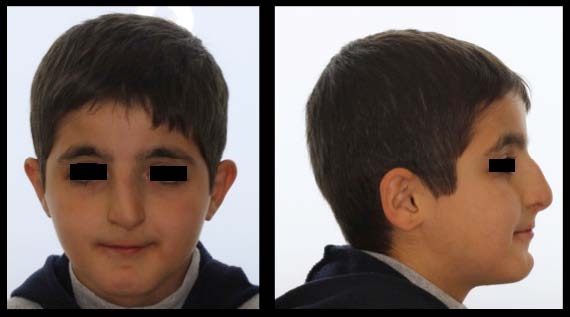
jcdr-8-276-g005.jpg
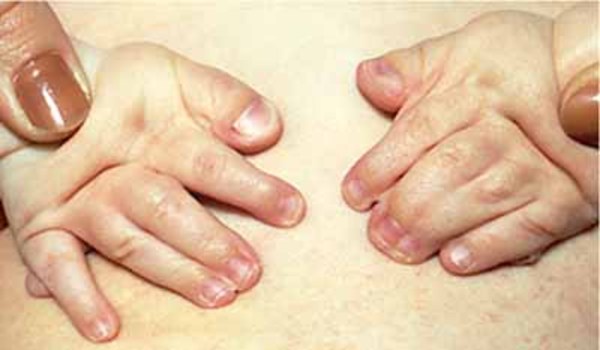
Rubinstein-Taybi syndrome: MedlinePlus Genetics
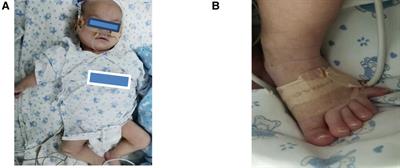
Frontiers Case report: A preterm infant with rubinstein-taybi syndrome and Marmorata telangiectatica harboring a frameshift mutation in the CREBBP gene

The discovery of microdeletion syndromes in the post-genomic era: review of the methodology and characterization of a new 1q41q42 microdeletion syndrome
Recomendado para você
-
 Genes, Free Full-Text01 junho 2024
Genes, Free Full-Text01 junho 2024 -
 What Is Rubinstein-Taybi Syndrome? - StoryMD01 junho 2024
What Is Rubinstein-Taybi Syndrome? - StoryMD01 junho 2024 -
 Rubinstein-Taybi Syndrome OMIM# 180849 - FDNA™01 junho 2024
Rubinstein-Taybi Syndrome OMIM# 180849 - FDNA™01 junho 2024 -
 Rubinstein-Taybi syndrome: Treatments and life expectancy01 junho 2024
Rubinstein-Taybi syndrome: Treatments and life expectancy01 junho 2024 -
Rubinstein-Taybi Syndrome Support Group01 junho 2024
-
 Keloids in Rubinstein–Taybi syndrome: a clinical study - Kar01 junho 2024
Keloids in Rubinstein–Taybi syndrome: a clinical study - Kar01 junho 2024 -
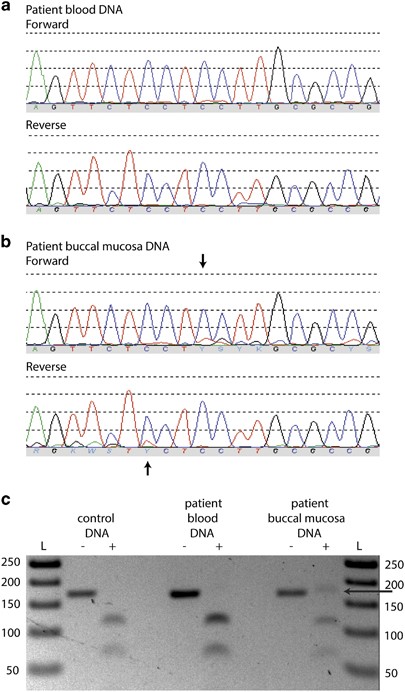 Mosaic CREBBP mutation causes overlapping clinical features of Rubinstein– Taybi and Filippi syndromes01 junho 2024
Mosaic CREBBP mutation causes overlapping clinical features of Rubinstein– Taybi and Filippi syndromes01 junho 2024 -
 Genetic heterogeneity in Rubinstein–Taybi syndrome: delineation of the phenotype of the first patients carrying mutations in EP30001 junho 2024
Genetic heterogeneity in Rubinstein–Taybi syndrome: delineation of the phenotype of the first patients carrying mutations in EP30001 junho 2024 -
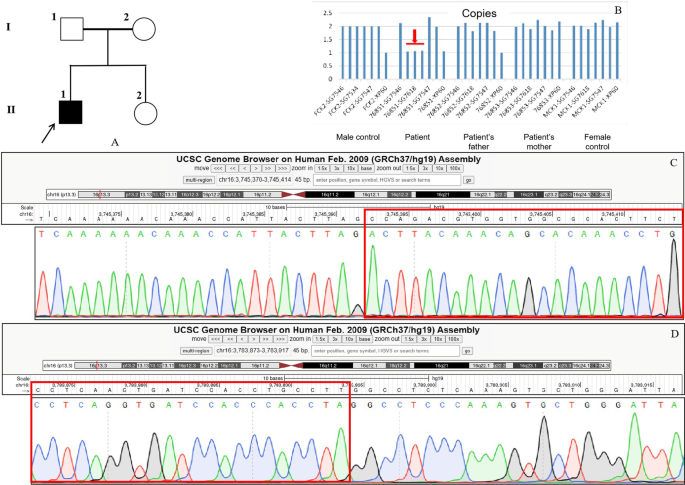 A novel CREBBP mutation and its phenotype in a case of Rubinstein–Taybi syndrome, BMC Medical Genomics01 junho 2024
A novel CREBBP mutation and its phenotype in a case of Rubinstein–Taybi syndrome, BMC Medical Genomics01 junho 2024 -
 Rubinstein-Taybi syndrome - Atlas of Human Malformation Syndromes in Diverse Populations01 junho 2024
Rubinstein-Taybi syndrome - Atlas of Human Malformation Syndromes in Diverse Populations01 junho 2024
você pode gostar
-
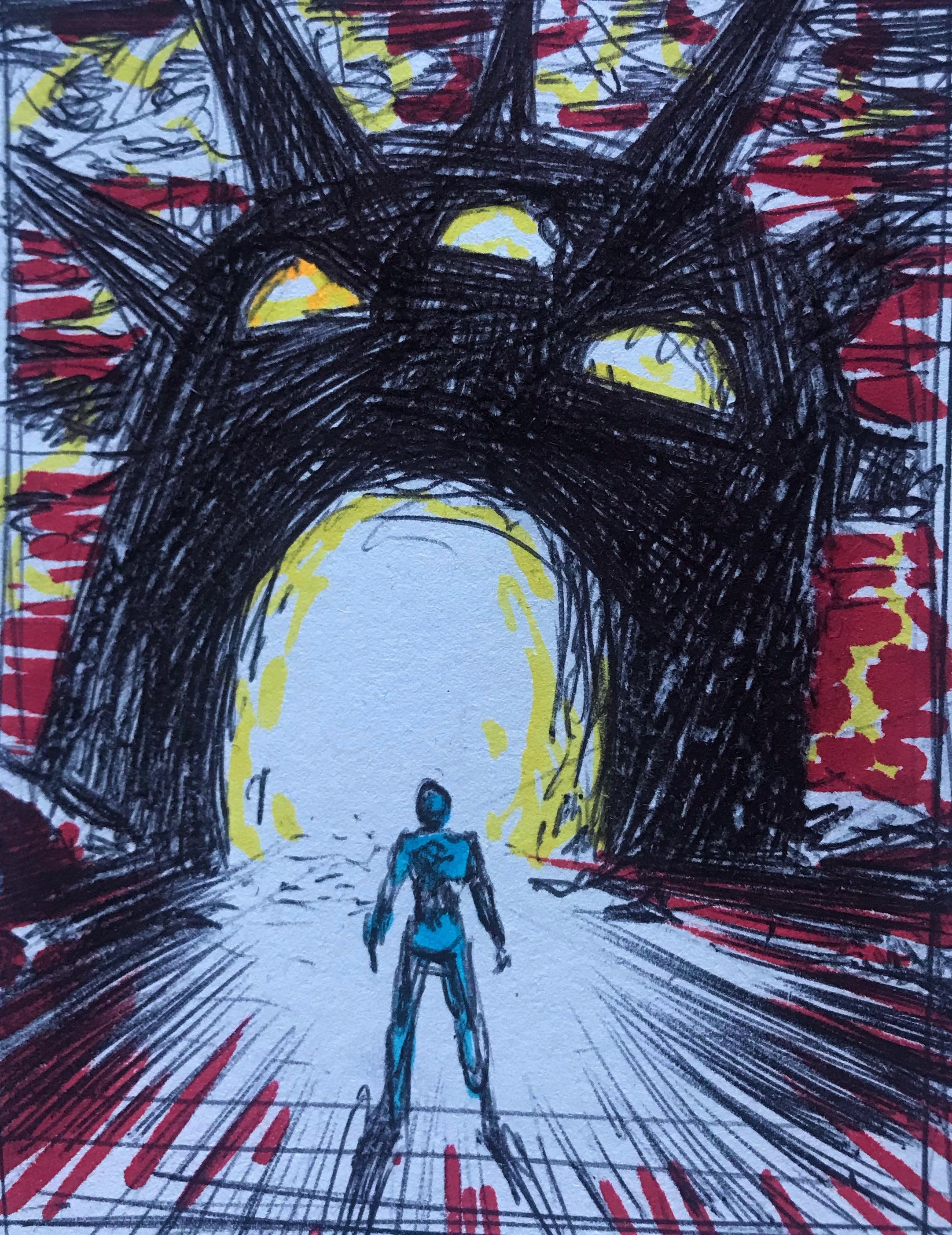 27/3 Seaguy Week! Captain Lotharius - Xanaduum01 junho 2024
27/3 Seaguy Week! Captain Lotharius - Xanaduum01 junho 2024 -
 S - The Mentalist Photo (28745142) - Fanpop01 junho 2024
S - The Mentalist Photo (28745142) - Fanpop01 junho 2024 -
 Dustin Hoffman se junta a elenco de filme sobre Lance Armstrong01 junho 2024
Dustin Hoffman se junta a elenco de filme sobre Lance Armstrong01 junho 2024 -
 Poke Center Tudo sobre o mundo Pokémon. Você poderá aprender01 junho 2024
Poke Center Tudo sobre o mundo Pokémon. Você poderá aprender01 junho 2024 -
GitHub - DarkSnakeGang/GoogleSnakeButDVDScreensaver: winged mode is a dvd screensaver type beat01 junho 2024
-
 Evileye, Anime Adventures Wiki01 junho 2024
Evileye, Anime Adventures Wiki01 junho 2024 -
STOCK VIEW ISSUE01 junho 2024
-
 Flamengo x Grêmio - AO VIVO - 16/08/2023 - Copa do Brasil01 junho 2024
Flamengo x Grêmio - AO VIVO - 16/08/2023 - Copa do Brasil01 junho 2024 -
 Jose Roque – Princeton University Department of Chemistry01 junho 2024
Jose Roque – Princeton University Department of Chemistry01 junho 2024 -
 Zuma a girl? This pawpatrol book definitely thinks so. This is01 junho 2024
Zuma a girl? This pawpatrol book definitely thinks so. This is01 junho 2024

